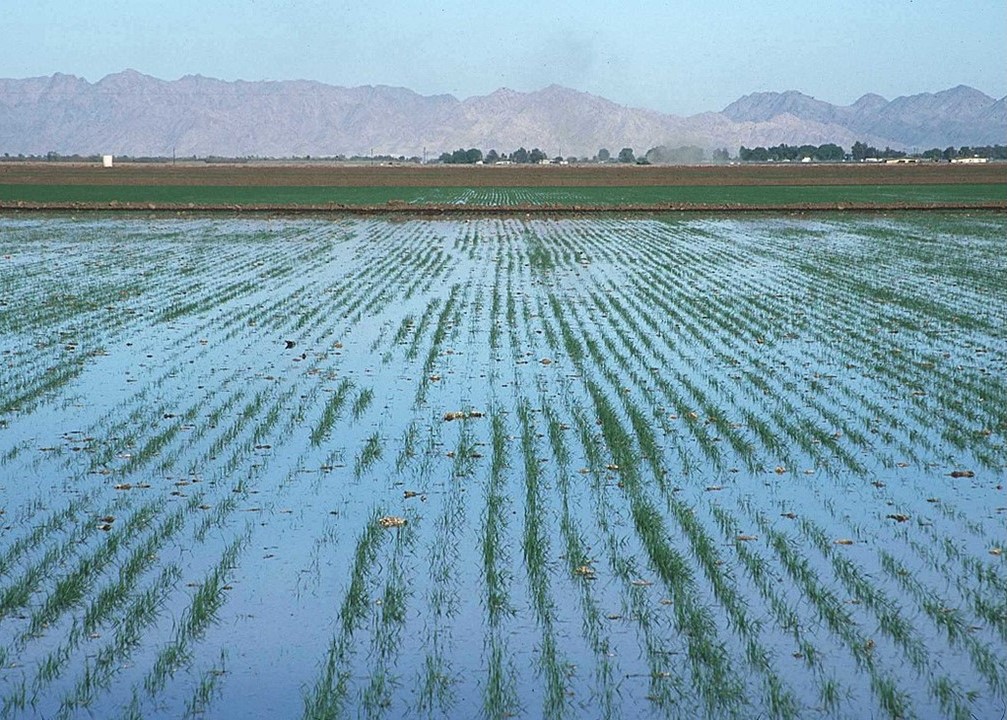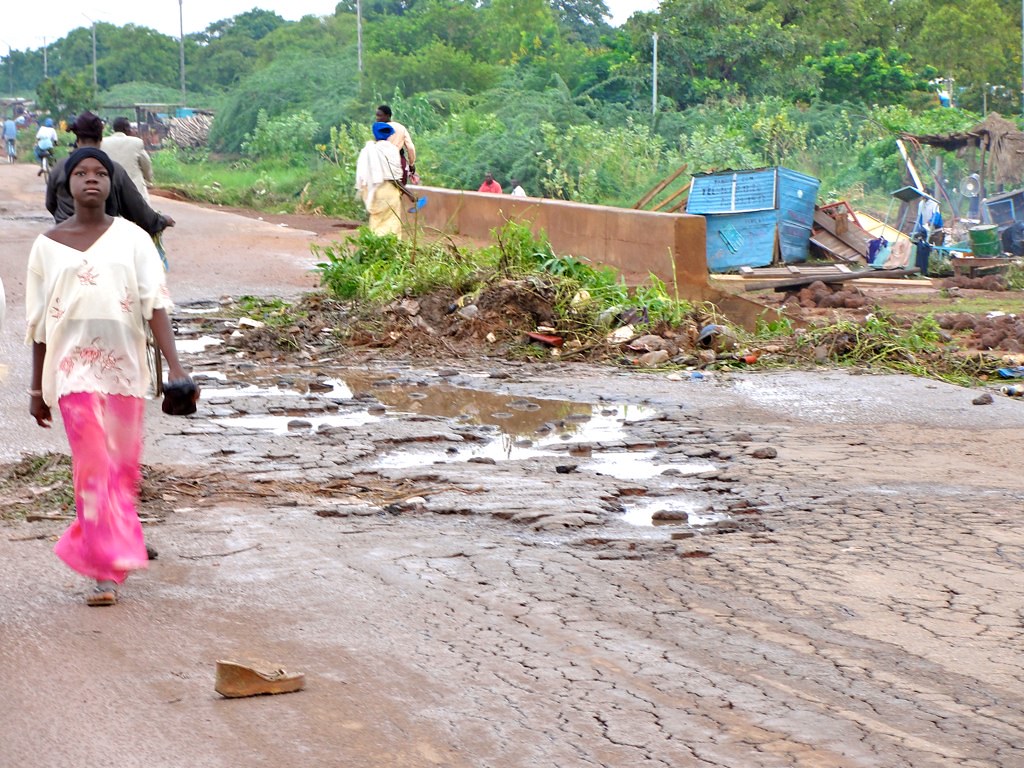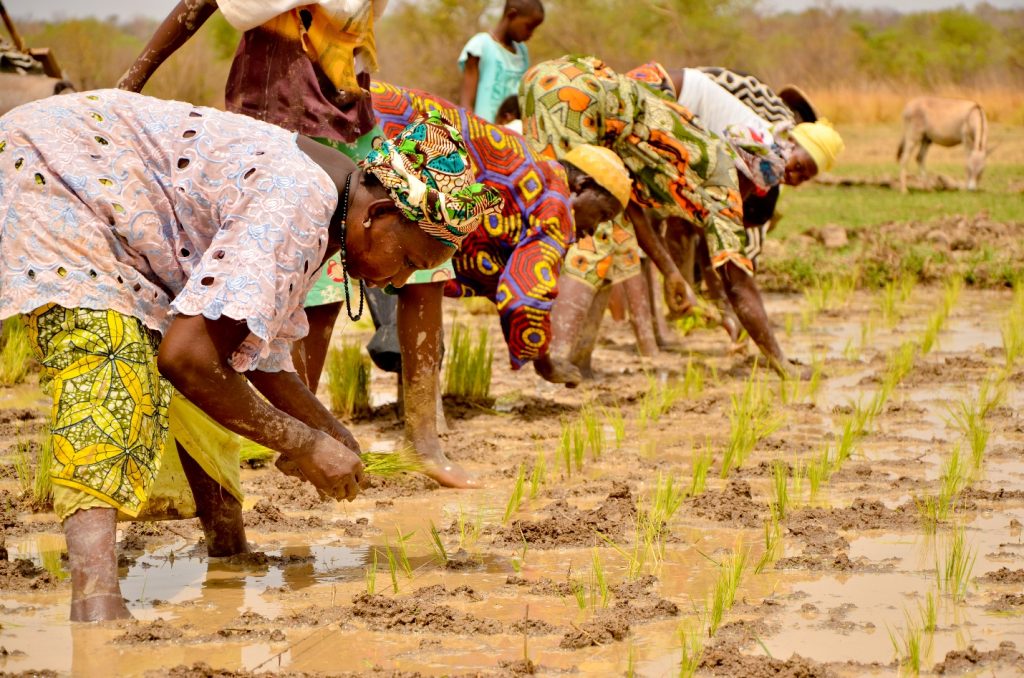Water is abundant in The Gambia. The tiny nation follows along the river for which it is named; one of its two seasons is defined by rainfall; widespread flooding is an annual concern. As climate change worsens, however, this vital resource is becoming increasingly unpredictable.
Weather in The Gambia
There are two seasons in The Gambia: dry and rainy. Every year, from June through September, rain pours down. Banjul, with its 35,000 inhabitant rises only 11 feet over sea level.[1] The city and it island are continuously bombarded from all directions: rising sea levels and coastal erosion as well as torrential seasonal rains. But this rainfall isn’t just in The Gambia, it is a seasonal phenomenon throughout West Africa. And, as it pours rain farther inland, it swells the Gambia River, causing more floods.
Extremes: Flood and Drought
Climate change has had an interesting effect on The Gambia. On the one hand, the rising sea levels have made low-lying areas – such as Banjul – more prone to flooding, while on the other, changing weather patterns are causing droughts in the dry, peripheral areas. And did you realize that when the land dries, it actually makes flooding worse?
A warmer atmosphere increases the rate at which water evaporates during dry periods. It also holds more water vapor, which fuels heavy rainfall events.
– Isabella O’Malley, writing for AP News
While extreme droughts increase water stress and, such as in Somalia, cause the death of livestock as well as widespread food insecurity and hunger. Hundreds of thousands have been displaced to search for food and water, and tens of thousands have died due to hunger.
Want to Know More?
Read about the drought in Somalia in this UNICEF article!
As dry soil can actually repel water, when the rains come, they cause flash floods that further devastate communities and fields. And, as droughts become more severe, the land becomes dryer.

Irrigation in The Gambia
In The Gambia, as in all places, crops need water to thrive. Yet water is devastating when it comes in torrents. In The Gambia, climate change is especially noticeable by those who depend on their crops to feed their families or for income. In recent years the dry season has increased, arriving later and later, while the rainy season becomes shorter. But rain that starts as a blessing can turn violent in a flash, washing away entire fields in minutes.
Want to Know More?
Watch this video from the UN!
Water management is one area where The Gambia is seeking to improve. More abundant, reliable irrigation systems would help crops thrive when water is scarce. Most Gambian farmers rely on rainfall to water their crops – in fact, only 1% of harvested land in The Gambia uses irrigation. But that doesn’t mean The Gambia has none. The traditional irrigation is called Tidal or Flood Irrigation, a simple method which allows gravity flow to wet or flood a field. Further control is achieved with soil-plugged dikes – especially common in terraced rice paddies. This traditional method works well for low-lying fields close to the river itself. Pumps are needed to bring the water to higher, more distant fields.

Flooded Fields
Floods, whether from river or sky, can sweep entire villages away. As the flood waters recede, the work to rebuild begins. Homes, lives, and fields all have to be put back together, but for many poor famers the expense of purchasing additional seed to reestablish gardens is a burden they cannot afford. For them, the rains have swept away their hope of food for the coming year.
This year alone (2024) has seen more than 4.4 million people in West and Central Africa affected by floods.
As of 22 September, more than 740,000 people have been internally displaced due to flooding in eight countries: Nigeria, Liberia, Central African Republic, Democratic Republic of the Congo, Cha, The Gambia, Guinea, and Côte d’Ivoire.
– UNOCHA
You Can Help!
As people look out on the devastation of their self-sufficiency dreams, we can help. Did you know it only takes $35 to finance a garden? Blackbird Global is establishing seed libraries throughout The Gambia that will be a cheaper alternative to expensive imported seeds the majority of Gambian farmers have to use. Every dollar can help us send seeds to The Gambia to help those who have lost everything rebuild their future.
[1] https://whatismyelevation.com/location/13.454,-16.592/Banjul
